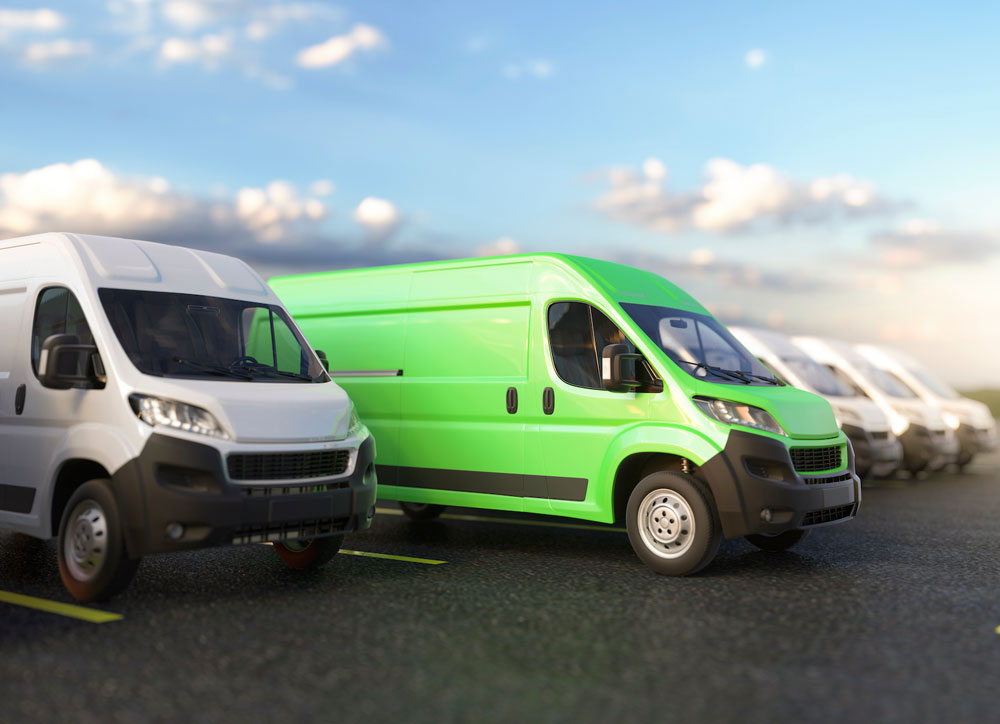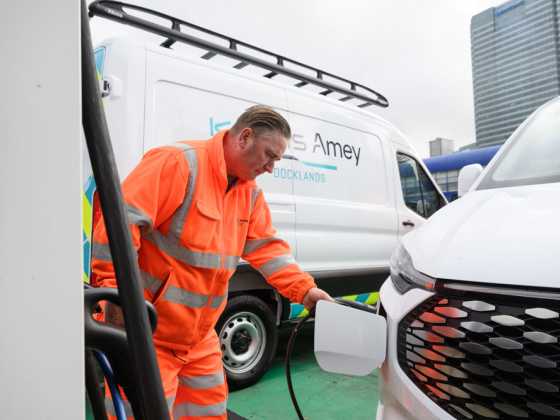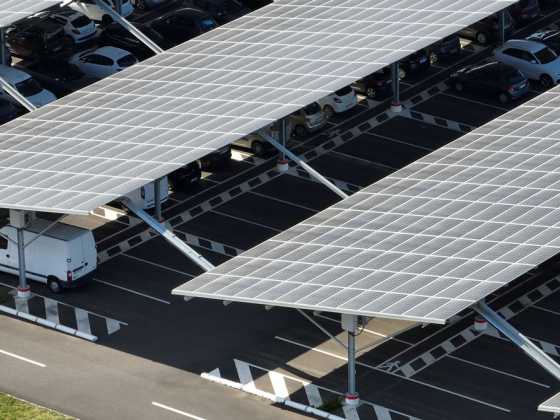Decarbonising needs demystifying! Especially for electric vans

When buying a new electric van, consistency and clarity of information is key for operators to make the right purchase for their specific needs. But finding such information isn’t always easy. Zemo Partnership has investigated the issue and come up with a ‘wish list’ of information that should be included on sales listings for battery electric vans
Consumers and users need access to good information to assess the business and use cases when purchasing vehicles. For van users in particular there are a huge range of needs and applications. There’s your home delivery-style vans, your business vehicles for tradespeople, vans used for equipment transportation, vans for passenger transportation, and even vans in use by the emergency services.
So, when buying a new van, consistency and clarity is key if operators are to make informed decisions on purchasing a vehicle to meet their specific (and sometimes very complex or diverse) needs.
With the recent publication of the ZEV Mandate, 100 per cent of new vans sold are to be zero emission by 2035, with an interim target of 70 per cent by 2030. But just being zero emissions, doesn’t tell you how far a vehicle E
F will go or how much it will cost to run (both as important as its emissions). To meet these ambitious sales targets, the emerging battery electric van suppliers must bring operators along with them to ensure a swift and efficient transition that works for all.
Investigating the situation
Here at Zemo Partnership, as part of our ‘Clarity in Van Information’ project research, we wanted to see whether the information available in the current battery electric van market was up to the task.
To begin, we combed through publicly available information provided on manufacturer websites and brochures. We narrowed our focus to a core set of categories; WLTP test data, energy consumption data, battery data, charging data, and vehicle capability information.
The magnitude of the challenge soon became clear; numerous aspects of data and information provision are not well covered or are inconsistent. From incorrect unit provisions, missing data items, to inconsistencies between the brochure and webpage of the same van listing, we realised that industry may need a helping hand.
For context, let’s look at the communication of energy consumption. Across various sites, energy consumption was presented in “Wh/100km”, Wh/mile”, and “kW/x miles”, instead of the standard unit “kWh/100km”. Even more alarming was the fact that some manufacturers provided no energy consumption information at all!
The data provided for charging also proved to be a minefield. Various manufacturers cited charging times inconsistently, and it was not always clear which AC and/or DC charge power capabilities came as standard on the vehicle, or whether the provided cable(s) (if even stated as standard in the first place) are compatible with these capabilities.
We found inconsistency in the presentation of some basic vehicle capability information. Some manufacturers, for example, didn’t provide any information on towing capacity, a data nugget that manufacturers routinely communicate for their diesel equivalents.
Whilst everyone has their own view of what ’real world‘ is, the WLTP (used effectively) provides a credible, consistent and reliable basis for comparison of vehicles operating different drive cycles, and should represent the starting point.
However, greater consistency is also needed in the WLTP data presented. With manufacturers likely wanting to ‘put their best foot forward’, the headline range was, at times, reported without clarity whether it was “Combined” or “City” WLTP cycle (each very different), and sometimes only applied to the smallest/lightest van model variant. The quoted range, therefore, could differ significantly from what van users will experience in real world operation.
Cutting through the confusion
Some manufacturers have tried to cut through the noise with the added provision of charging time and range calculator tools, but to varying degrees of success. Calculator tools are excellent in principle, as they provide visual guides to operators on factors that influence vehicle range capabilities, such as temperature, speed, and payload. Manufacturers do need to ensure that such calculators provide consistent and accurate figures in alignment with the data provided across web pages and brochures to avoid confusing customers with conflicting information.
Zemo, too, is working to help resolve the issue. From our years working on new car information (for which legislation does exist, but needs updating) we’ve published the findings of our “Clarity in Van Information” research (which Partnership members are able to view on our website). We’ve produced a handy infographic that details our ‘wish list’ of 16 data requirements we think should be included on sales listings for battery electric vans (or, alternatively, the information operators should be asking for when considering a van purchase). This is now available for all to view and download on the Zemo Partnership website.
We believe consumers and operators should have access to correct, clear, and consistent information when making purchasing decisions on whether battery electric vehicles suit their needs. Going forward, we must ensure that the provision of information does not hinder or undermine, but instead enables and compliments the shift away from diesel in this crucial transport sector.






